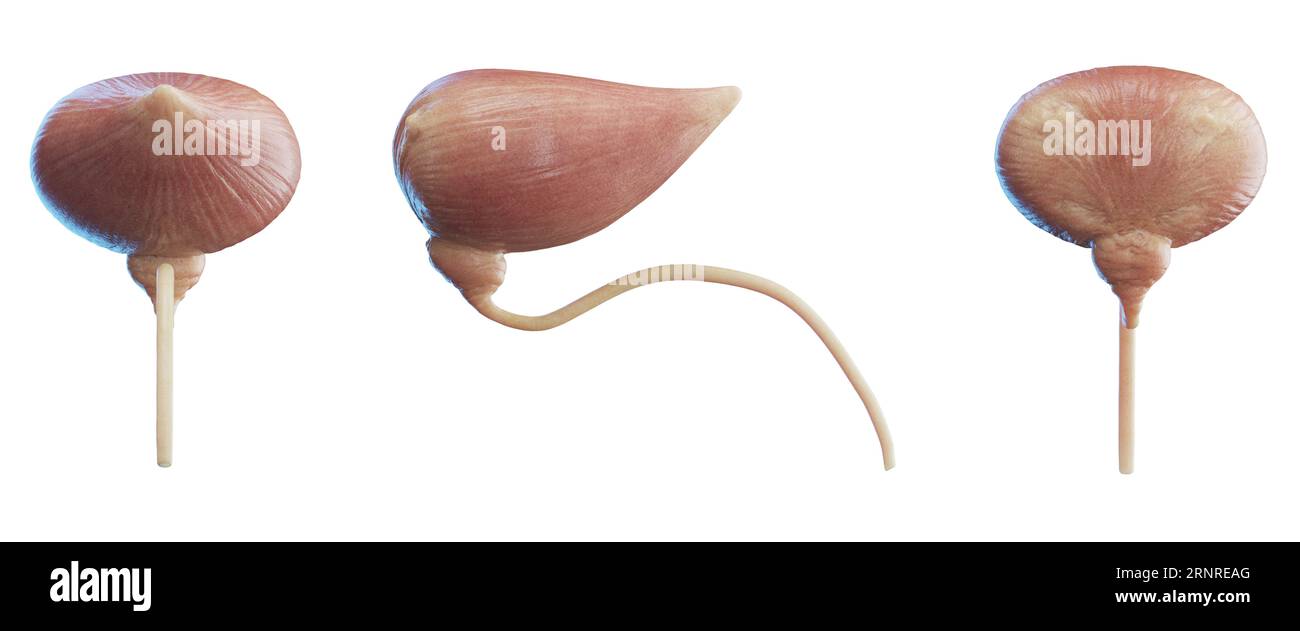SOLUTION anatomy anatomy of urinary bladder urethra faculty of medical Biology Diagrams
SOLUTION anatomy anatomy of urinary bladder urethra faculty of medical Biology Diagrams Urinary bladder (sagittal view) The urinary bladder is a pelvic organ that collects and holds urine before urination. It serves as a temporary reservoir for urine produced by the kidneys.When empty, it lies completely within the pelvic cavity, but enlarges upward into the abdominal cavity when full.It is the most anterior pelvic organ, located just behind the pubic bones and pubic symphysis.

Issues with the urethra are more common in people who have male urethral anatomy. Urinary tract infections, including catheter issues. Urinary tract infections are very common. This test lets your provider look into your urethra and bladder with a cystoscope (a small scope with a camera). X-rays and/or ultrasound. These imaging tests allow This page discusses the anatomy and function of the urethra, highlighting differences between males and females. The urethra transports urine from the bladder to the outside of the body for disposal. The urethra is the only urologic organ that shows any significant anatomic difference between males and females; all other urine transport

Ureters, Urinary Bladder, and Urethra Biology Diagrams
The urinary bladder and urethra are pelvic urinary organs whose respective functions are to store and expel urine outside of the body in the act of micturition (urination). As is the case with most of the pelvic viscera, there are differences between male and female anatomy of the urinary bladder and urethra. In our entire urinary system series, the urinary bladder and urethra represent the

It filters your blood and removes waste and excess water through your pee. Your urinary system includes your kidneys, ureters, bladder and urethra. Conditions like urinary tract infections (UTIs), sexually transmitted infections (STIs), kidney diseases and urinary tract obstruction can affect the health of your urinary system. The urethra in both males and females begins inferior and central to the two ureteral openings forming the three points of a triangular-shaped area at the base of the bladder called the trigone (Greek tri- = "triangle" and the root of the word "trigonometry").The urethra tracks posterior and inferior to the pubic symphysis (see Figure 4).

Anatomical Course Biology Diagrams
The nerves alert a person when it is time to urinate, or empty the bladder. Urethra. This tube allows urine to pass outside the body. The brain signals the bladder muscles to tighten, which squeezes urine out of the bladder. At the same time, the brain signals the sphincter muscles to relax to let urine exit the bladder through the urethra.
